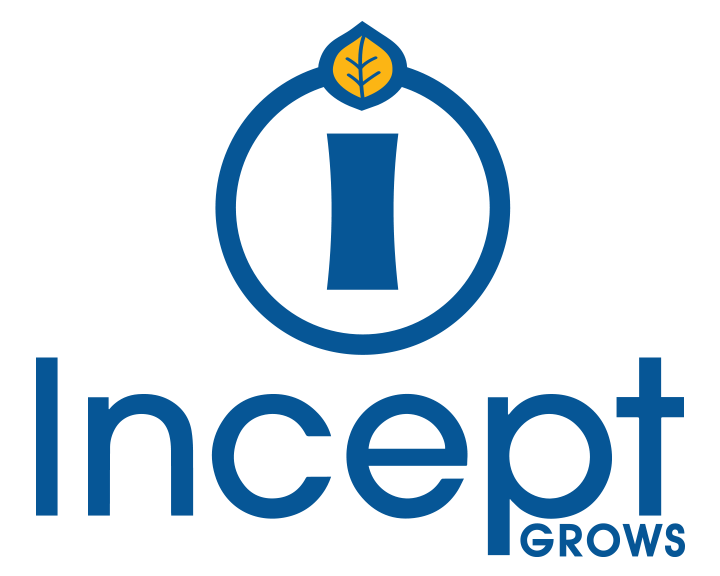Sales is about getting your hitters their at-bats
Hopefully your sales team is made up of one of two types of people, or both:
- a) experienced closers
- b) young guns that are quickly on their way to being closers
If you have lingering mediocrity in your sales team, or even worse, you don’t have one or aren’t sure, let me know and I can point you to some great books or consultants to help you get the right people on your sales bus.
This piece is about execution and results, so we will assume you have already scouted and selected your team. We’re going to talk about a critical step yielding the sales growth you’re after.
I consistently hear other executives, clients, prospects, etc. reiterate what local and national surveys tout as the number one objective of business this year (and last year, and the year before): sales growth. We’re always looking to grow the top line, add new customers, scale up.
But when you talk to the Salesman or Saleswoman, not the VP or Sales manager, one of the things that rarely gets the attention that it deserves is the time they are spending not selling. I’m not talking about internal meetings and emails, travel time, and admin; that gets plenty of attention from lean experts. I’m talking about all of the activities in the sales process that aren’t actually closing the work. Early in the sales funnel, there are a lot of activities that are important, but are NOT CLOSING. They frequently get lumped in with selling, and therefore taking up the time of your best sales people unnecessarily!
Early funnel activities that ARE NOT SELLING:
- List building, purchase
- Data cleanse
- Point-of-contact validation
- Contact info gathering, validation
- Introduction, information sharing
- Content delivery
- Initial investigation, opportunity identification
- Follow-up, lead nurturing
- Appointment setting or warm-transfer
Where my last post focused on the overall sales management process, the next 3 posts will focus on the benefits of taking a close look at these early funnel activities and the chunk of time that your sales people spend doing them, as well as some of the pitfalls of (excuses to) not looking at a different way to go about driving early funnel activities.
For now, focus your mind’s eye on the end-game. Resist the urge to come up with all the execution detail or things that would be challenging. Picture what your top-line could look like one year from now if 20-75% of your best sales person’s time was freed up to close more sales. For your product and organization, does that lead to a faster sales cycle? Does that lead to a better close ratio in the final stages of the funnel? Does that lead to faster development of your best and brightest?
Ultimately, all of these things are consistent with everyone’s end-game: more and bigger closes.
